Ecuadorian essential oils: Ancestral knowledge meets scientific research
Ecuador is a biodiversity hotspot with around 25,000 plant species (accounting for 10% of the world’s total), 1,632 species of birds, and 492 species of amphibians. The country is also home to a diverse culture of people with a deep and profound knowledge of its natural resources, including natural medicines. However, the balanced dynamic between these peoples and the natural world is under threat. Deforestation for timber, crops, land for cattle, and mineral and non-renewable resources is destroying the homes of these people and endangering the invaluable web of life that humanity relies upon for survival.
It is also taking away the opportunities for ‘Western civilisation’, as it is known today, to learn about and to understand the wonders of plant medicines that comprise Ecuadorean peoples’ natural medicine cabinet. Professors Paco Noriega and José Luis Ballesteros have spent many years searching for and recording ethnobiological information surrounding Ecuadorean plant species. Their overall goal centres on scientifically validating the traditional knowledge of the people of Ecuador and identifying plant-based compounds that could be used to generate new pharmaceutical therapies. Recently, Professor Noriega and Professor Ballesteros have undertaken research to elucidate the medicinal properties of the Andean shrub, Piper barbatum Kunth, using antimicrobial bioautography.
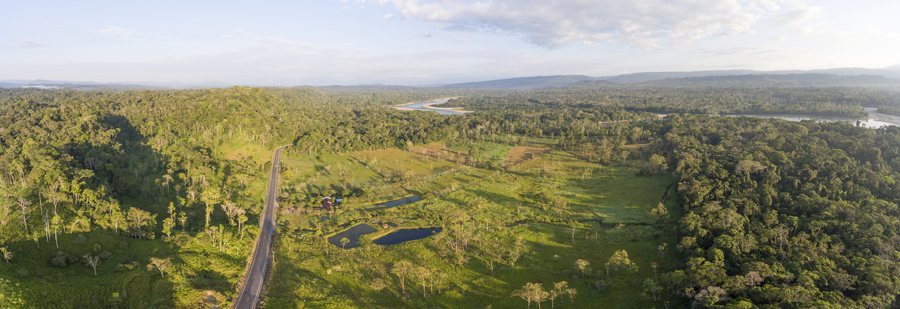
Properties of plant essential oils
In a study conducted in 2019, Professor Noriega investigated the chemical composition and biological activity of essential oils extracted from five other medicinal plant species from the Ecuadorian rainforest. These plants included: Siparuna aspera, Siparuna macrotepala, Piper leticianum, Piper augustus, and Hedychium coronarium. Within the study, Professor Noriega and colleagues analysed the antioxidant properties of the essential oil from each plant species, the composition of each essential oil, the antiradical of particular molecules within the essential oils, and any antimicrobial activity exhibited against certain yeast and bacteria.
Antiradical activity can be an important factor when considering plant essential oils for human use.
Among common tests used to determine essential oil properties and compounds, a bioautographic method was used in this study to investigate antiradical activity. Bioautography is a technique that allows for the identification of bioactive components of plant extracts. Chromatography is typically used along with a biological detection system. Chromatography is an analytical tool that helps separate and detect the contents of a mixture, or in this case, a solution containing plant extracts.


Antiradical activity can be an important factor when considering plant essential oils for human use. Free radicals are thought to be a contributor to the development of diseases including cancer and cardiovascular diseases through promoting cell degeneration. The potential antioxidant and antiradical activity of certain medicinal plant species under study can be beneficial for converting free radicals in the human body into more stable molecules that may reduce the development of such harmful conditions. Plants with favourable antioxidant and antiradical profiles could be used as natural food additives in place of potentially harmful synthetic counterparts. Antimicrobial activity is another important medicinal component that, if favourable, can be utilised in a pharmaceutical setting to help fight off infection of harmful pathogens.
In their 2019 study, Professor Noriega and colleagues recorded the chemical composition of S. aspera and P. leticianum for the first time. The essential oil of S. aspera contained the molecules germacrene D (23.2%), bicyclogermacrene (7.8%), and α-pinene (7.0%). P. leticianum contained β-caryophyllene (21.8%) and germacrene D (9.0%) as primary compounds, and P. augustum essential oil had a similar composition. The researchers reported interesting levels of cadinane compounds for S. macrotepala and interesting antioxidant activity for one molecule within its essential oil, germacrene D. The five essential oils were found to have low antioxidant activity compared to the positive control: Thymus vulgaris essential oil.
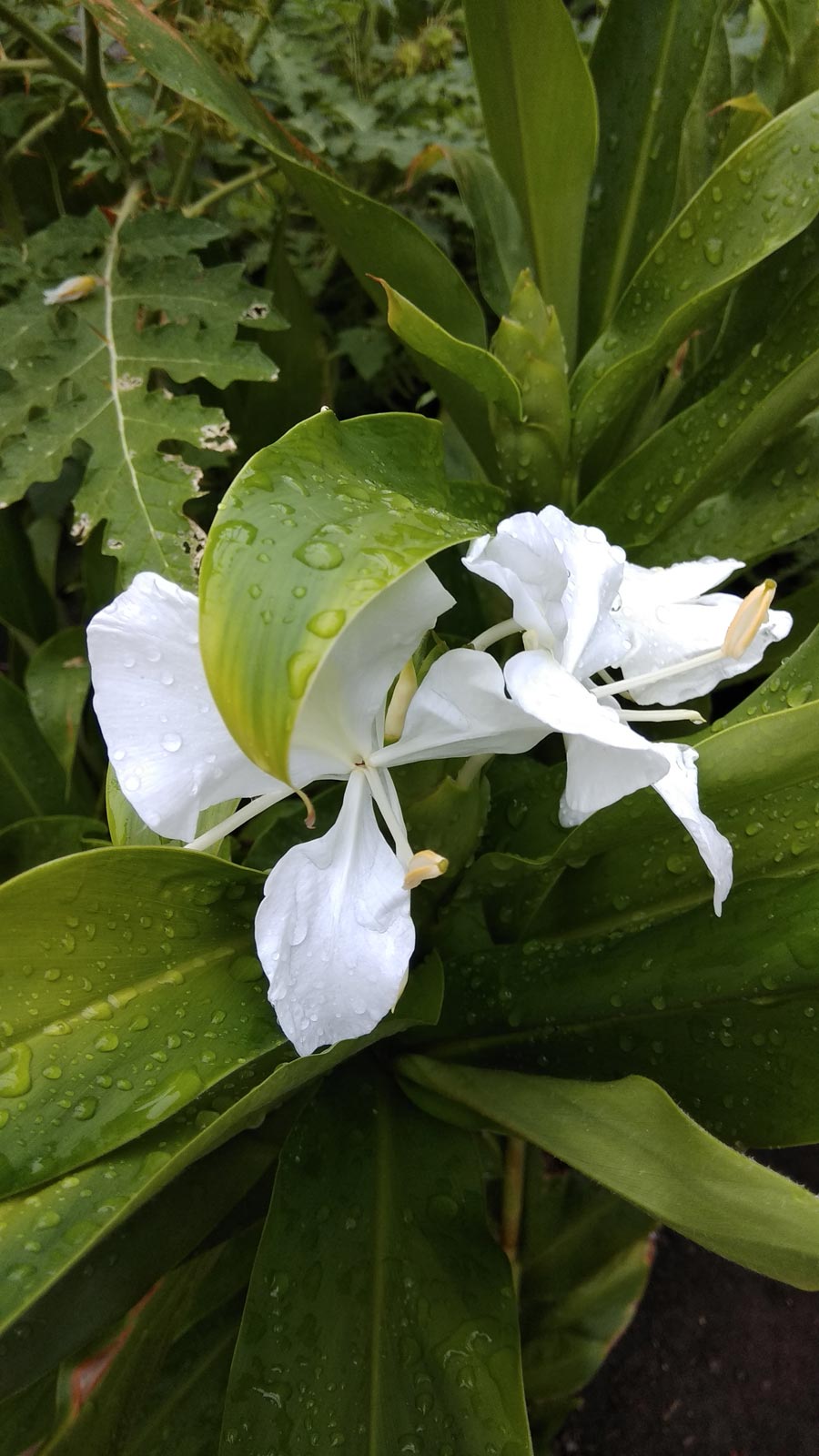
Jesica Rinaldi/Shutterstock.com
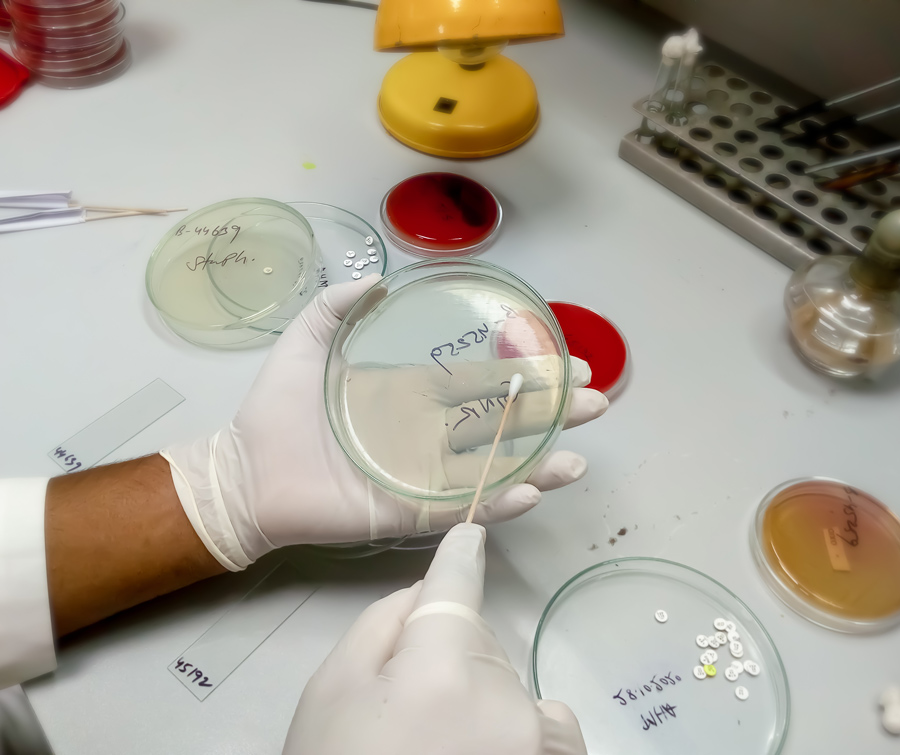
In terms of antimicrobial activity, the most notable results were recorded for H. coronarium. A method known as disk diffusion was used to measure the antimicrobial activity of the plant essential oils against a selection of yeast and bacteria. The minimum concentration of essential oil required to eradicate bacterial and yeast strains was recorded as the Minimum Inhibitory Concentration (MIC). The bacteria and yeast are grown in a petri dish with essential oil added to it. The minimum level of essential oil required to generate a clear zone of inhibition exemplifies the MIC. H. coronarium essential oil exhibited a notable ability to clear bacteria Klebsiella oxytoca, Streptococcus mutans, and Listeria grayi at a low concentration. Professor Noriega and colleagues conducted further analysis and identified 1,8-cineole and terpinen-4-o molecules as the molecules responsible for the antimicrobial activity.
Piper barbatum Kunth
Discovering the composition and properties of the essential oils of plants can point toward potential beneficial medicines. Not only this, the knowledge of Ecuadorian people can be learned and exchanged with Western cultures. This synergy can broaden the knowledge of humanity as a whole and bring attention to the preservation of Ecuador’s biodiversity (both flora and fauna) and its people.
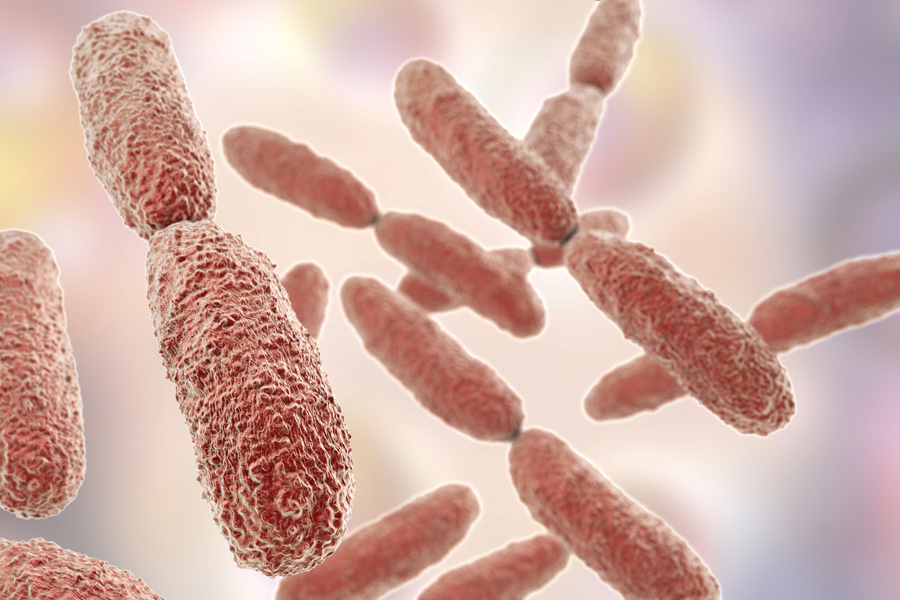
Kateryna Kon/Shutterstock.com

Kateryna Kon/Shutterstock.com
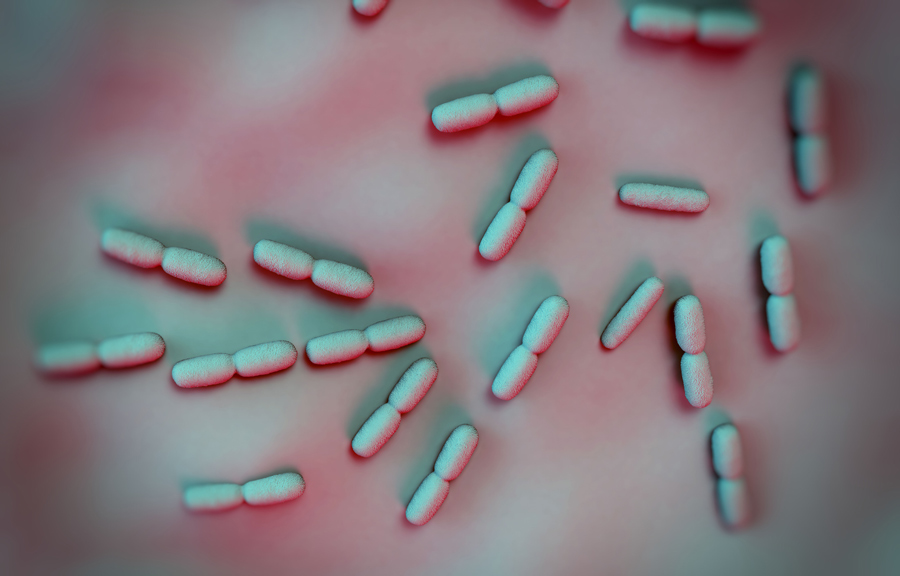
royaltystockphoto.com/Shutterstock.com
In their latest research, Professor Noriega and Professor Ballesteros turned their attention to uncovering the composition and properties of the essential oil of an important Ecuadorean shrub, P. barbatum. P. barbatum is known for having antibacterial and antifungal properties and is used by the Quichua people to wash female genitalia in cases of infection. The plant is also used to treat headaches, dermatitis, and stomach pain, and as a disinfectant and bodily cleanser. The Spanish name for the plant is “cordoncillo” and the Quichua name is “allupa”.
Discovering the composition and properties of the essential oils of plants can point toward potential beneficial medicines.
Results of the study showed that the MIC of the P. barbatum essential oil is between 500-5.000μg/mL for most bacteria and yeast strains used. This implies a strong to moderate antimicrobial activity elicited by the essential oil. Lower MICs were found for Staphylococcus aureus (264μg/mL), S. mutans (132μg/mL) bacterial strains, and two yeast strains; Candida albicans (132μg/mL) and Candida tropicalis (264μg/mL). These two yeast strains are known to be common in infections of the female genitalia, which means that the science provides ample support for the ancestral use of P. barbatum in the treatment of such infections.

The most abundant components within the P. barbatum essential oil were α- phellandrene (43.16%) and oxygenated sesquiterpenes (close to 27%). Antimicrobial bioautography identified 4 hydroxylated sesquiterpene molecules; elemol (7.21%), trans-sesquisabinene hydrate (8.23%), β–eudesmol (3.49%), and 10-epi-γ-eudesmol (1.07%). The last two of these molecules were found to elicit greater antimicrobial activity. Professor Noriega and colleagues assert that further evaluation of the sesquiterpene molecules is required to confirm their activity.
This research on the P. barbatum essential oil could lead to the generation of new alternatives to present antibiotics. New intimate hygiene detergents and antimicrobial cosmetic products could also be created using the P. barbatum essential oil as an active ingredient. Learning about the uses of such species in Ecuador is also important in providing a bridge between different cultures, and fostering a stewardship mentality for the preservation of the Ecuadorian rainforest and its people, flora, and fauna.

Personal Response
What is the next step in your research on P. barbatum? Will you be uncovering the activity of the key hydroxylated sesquiterpene molecules that you identified?
<> At the moment we are working on a project entitled: “Studies of Antibacterial Mechanisms of Active Molecules from Essential Oils”. The objective is to compare the activity between various molecules from essential oils and determine the true potential of the hydroxylated sesquiterpenes individually. We also seek to understand the mechanism of action of these components using chemical tools and to assess the damage produced in bacterial cell membranes with electron microscopy analysis.